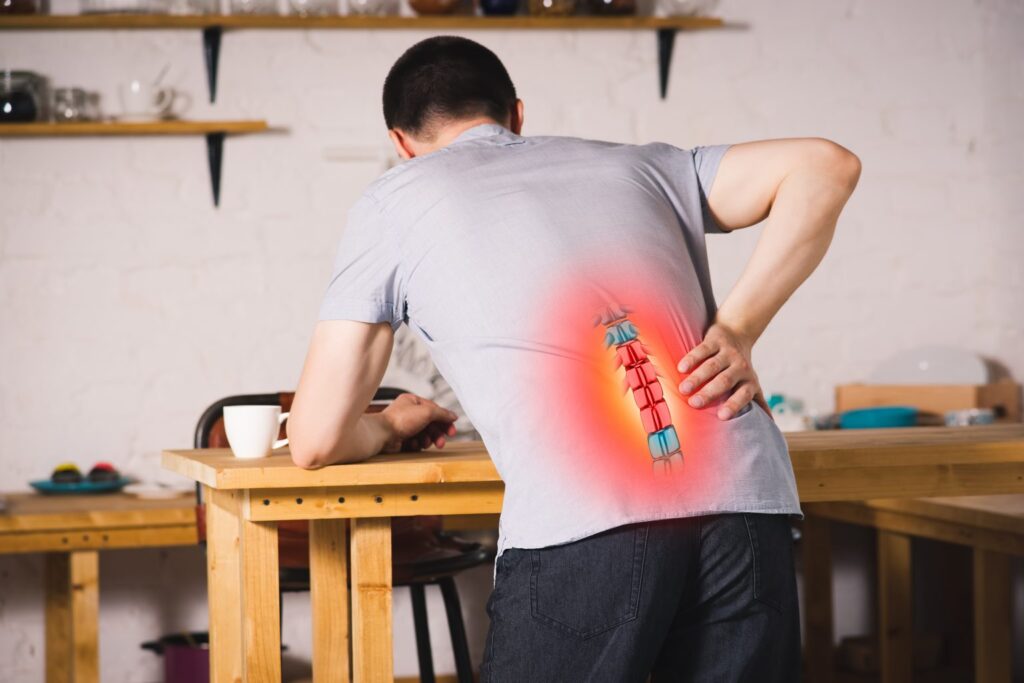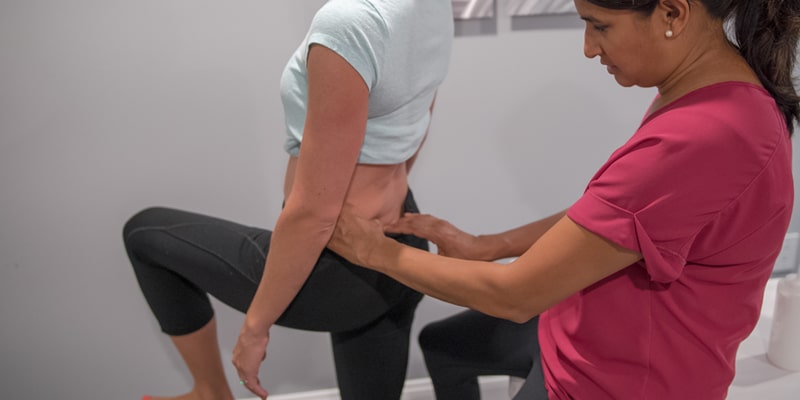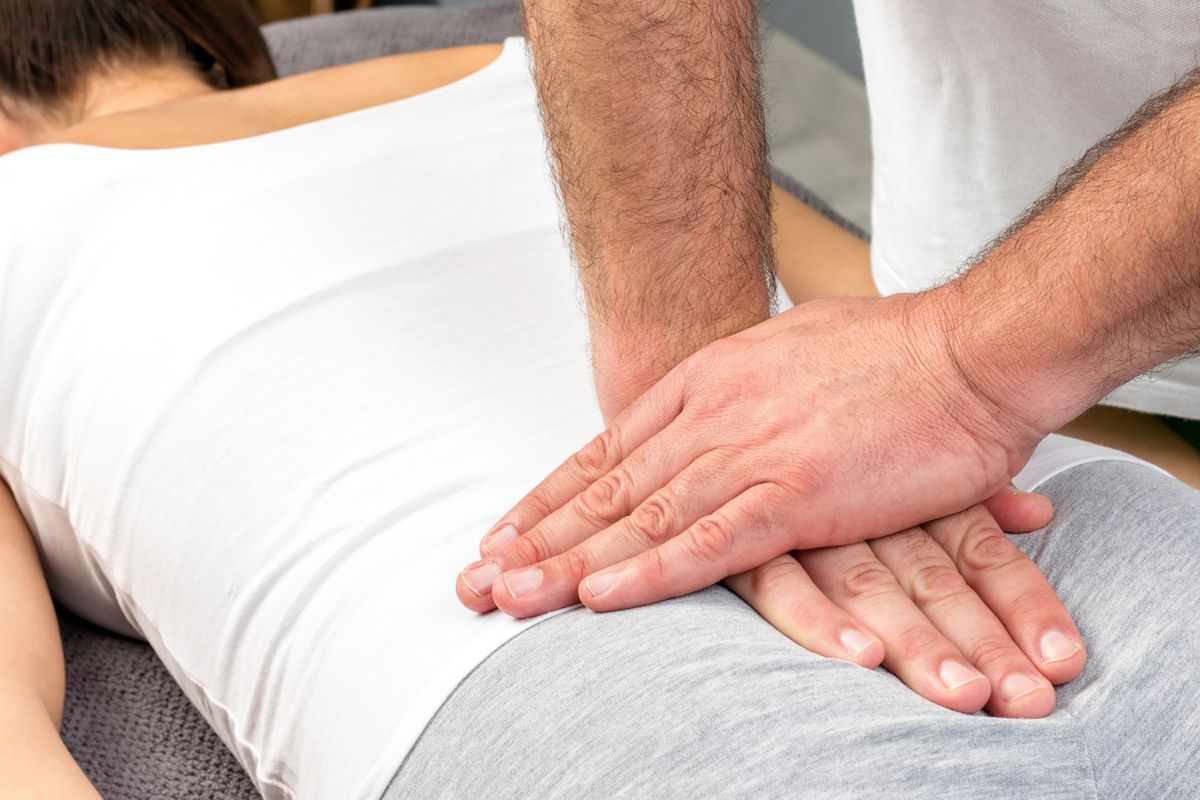Experiencing chronic pain in the tailbone all of a sudden can be a big pain in the… well, you get the idea. In comparison to the rest of the spine, the tailbone is rather little, yet any discomfort felt there is immediately obvious. In the same way that people often dismiss milder forms of back pain, they may do the same with Tailbone Chronic Pain. Keep reading to find out more about chronic pain in the tailbone, its causes, and what you can do about it.
Understanding Chronic Pain in the Tailbone
Coccydynia is the medical word for tailbone chronic pain. Because your coccyx (tailbone) is a medical term that you are undoubtedly somewhat familiar with. The coccyx is a tiny bone at the very end of the spine that serves several critical functions. The coccyx plays a crucial role in maintaining pelvic stability. Whether you’re seated or standing, it’ll keep you steady. Coccyx irritation and inflammation can affect the various muscles, tendons, and ligaments that surround and support the coccyx.
Patients with coccydynia may initially notice the pain when they stand or sit, or when they lean back in their chairs. In addition to experiencing Tailbone Chronic Discomfort during menstruation, women may also have pain when having sex or going to the restroom. Some people report that standing helps alleviate discomfort by reducing pressure. Pain, such as a stabbing sensation, may also be experienced all the way down both legs.

To what cause does my tailbone ache?
Sitting for long periods of time on an unsuitable seat, such as a hard bench or pew, can induce temporary chronic pain in the tailbone. Accidents and falls are two common sources of trauma that can lead to coccyx fractures and chronic pain in the tailbone.
Age can also play a role in the development of chronic pain in the tailbone. Tailbone chronic pain can be caused by simple wear and tear or by repeatedly performing the same actions. Women are five times more likely to suffer from chronic pain in their tailbone during pregnancy because of the weakened ligaments around the coccyx. The third trimester is the most common time for this to occur.
Because of the additional strain placed on the coccyx, being overweight or obese is often cited as a leading cause of chronic pain in the region often known as the tailbone. Rapid weight reduction, on the other hand, has similar negative health effects. The tailbone’s protective cushion might become momentarily exposed, making the region very vulnerable to damage.
What other signs and symptoms can I encounter besides chronic pain in my tailbone?
Chronic pain in the tailbone is characterised by discomfort in either a seated or standing position. You should inform your doctor about any additional symptoms you’re experiencing in addition to Tailbone Chronic Pain. Seek medical attention if any of the following symptoms apply: bruises at the coccyx (which might indicate a traumatic injury); uncomfortable bowel movements; discomfort that worsens after prolonged sitting; severe, deep pain in the tailbone area; pain while touching the tailbone;
You can help your doctor diagnose and treat you more effectively if you are aware of and report all of your symptoms.
To alleviate the pain in my tailbone, what should I do?
Most episodes of chronic pain in the tailbone are minor and resolve on their own within a few days. Mild trauma, such tripping on ice or taking a fall, or a small car accident, are common causes of chronic pain in the tailbone. However, you should notify your doctor if the discomfort is unbearable or lasts for more than a few days. While malignancies of the tailbone are uncommon, anybody experiencing recurring or severe discomfort in this area should visit a doctor. It’s important to be checked out in case the pain is due to anything more serious like a tumour or fracture.
Your doctor at the clinic may undertake a short body check to look for tumours when you go in for an appointment. A CT scan or magnetic resonance imaging (MRI) may be ordered to rule out fractures or identify other issues by the doctor. The imaging equipment probably needs you to sit and stand in a variety of postures to acquire different angles of your tailbone.

Where Can I Find Comfort?
Coccyx discomfort can be treated in a number of different ways. Painkillers like ibuprofen, which belong to a class of medications known as nonsteroidal anti-inflammatory drugs (NSAIDs), are the first line of defence. Pain may usually be treated with nonsteroidal anti-inflammatory drugs (NSAIDs) purchased from a pharmacy, although your doctor may recommend stronger NSAIDs or other pain medications if necessary.
Stool softeners may also be prescribed by your physician to alleviate constipation, since this can reduce the tension that can aggravate your Tailbone Chronic Pain. Coccyx pain is often treated with injections as well. Your doctor may choose to administer local anaesthetics or corticosteroids to alleviate the discomfort. Taking antibiotics is a must if your tailbone is infected.
Treatment for chronic tailbone pain often include physiotherapy, and specifically, stretching exercises. Physical therapists can instruct patients in both abdominal muscle strengthening and pelvic floor training routines.
More intensive treatment is required for more serious conditions. Your doctor will need to perform an incision and drain a pilonidal cyst if chronic tailbone pain is the result. An easy operation (coccygeal manipulation) can realign a coccyx that has become misaligned.
The surgical removal of the coccyx (coccygectomy) is reserved for cases where non-surgical methods have failed. The surgical site is not a place that heals very well, and infections are prevalent, so there is always a chance that anything may go wrong during this procedure. Another issue is that a coccygectomy is not a guaranteed solution to the problem.
How Do I Avoid Constant Pain in My Tailbone?
Repeated Tailbone Chronic Pain that isn’t debilitating enough to need medical attention can be prevented in certain cases with self-care measures. Sitting on a hard surface for too long might cause back problems, so try to avoid doing so if you can. Get a cushion or pillow for your chair that can absorb some of the impact if you have to. One common style of cushion that might help with chronic tailbone pain is called a doughnut.
Applying ice to an area for 15 to 20 minutes after a fall on ice or other traumatic injury might reduce swelling and discomfort.
Use stool softeners and increase your fibre intake if you have trouble passing stool and experience straining as a result of constipation. Apples, beans, and other legumes, and other whole grains are examples.
Schedule a visit to Chronic Therapy Australia’s medical clinic if you’re experiencing persistent pain in your tailbone and want to learn more about your treatment options. If you’re experiencing back or spinal discomfort, we have the doctors, experts, surgeons, and therapists to help you.
